
To learn how to calculate conversion percentage, simply divide the number of conversions by the total number of visitors and multiply by 100. This guide will walk you through this basic formula and explain why knowing your conversion percentage is vital for measuring marketing success.
Key Takeaways
- Conversion percentage measures the effectiveness of marketing by indicating the ratio of site visitors completing desired actions.
- The basic formula for calculating conversion percentage is (Conversions / Total Visitors) x 100, allowing marketers to gauge campaign efficiency.
- Regular monitoring and optimization of conversion rates are essential for informed decision-making and improving overall marketing performance.
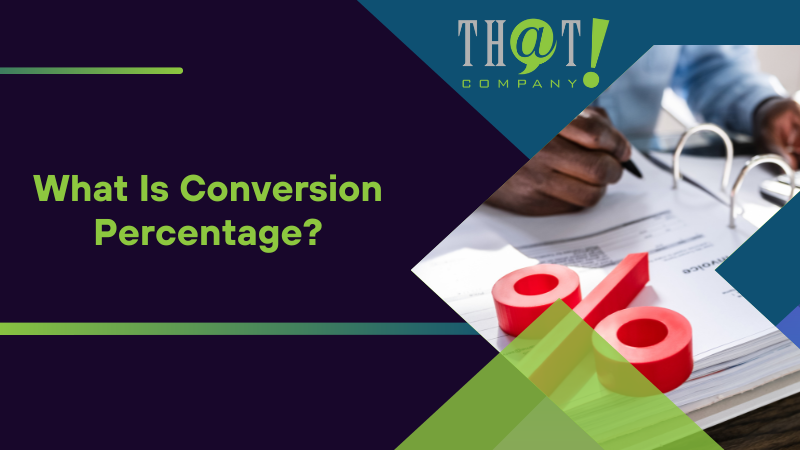
What Is Conversion Percentage?
Conversion percentage is a vital metric in the digital marketing landscape, defined as the percentage of site visitors who complete a desired action. This could be anything from making a purchase to signing up for a newsletter. Essentially, it measures the effectiveness of your marketing efforts by indicating how well your site traffic is being converted into tangible results.
Understanding conversion percentage gives a clear picture of marketing performance and online activity effectiveness. It helps businesses identify successful strategies and areas needing improvement, making it indispensable for marketers. Regularly measuring and analyzing conversion percentages allows for fine-tuning marketing strategies to maximize ROI.
Moreover, calculating conversion rates can significantly impact profitability. Higher conversion rates mean more successful marketing efforts, leading to better resource allocation and more informed business decisions. It’s not just about driving traffic but about ensuring that traffic takes the desired actions, ultimately boosting your bottom line.

The Basic Formula for Calculating Conversion Percentage
Calculating conversion percentage is straightforward when you know the formula. The formula for the basic conversion rate is quite simple. It involves specific calculations to determine the rate. [ \text{Conversion Percentage} = \left( \frac{\text{Conversions}}{\text{Total Visitors}} \right) \times 100 ] In this formula, ‘Conversions’ refers to the number of users who complete the desired action, while ‘Total Visitors’ is the total number of unique visitors to your website. This simple yet powerful formula helps you understand the efficiency of your marketing campaigns.
Calculate conversion rate by dividing the number of conversions by the total number of visitors, then multiplying by 100. For example, calculating conversion rate with 50 conversions out of 1,000 visitors results in a 5% conversion rate, providing a clear metric to gauge marketing success.
Conversion rate calculators, often found in tools like Google Analytics, automate the process. They simplify the task, letting you focus on data interpretation and strategic decisions. These conversion rate calculator enable quick, accurate measurements to keep your marketing performance on track.
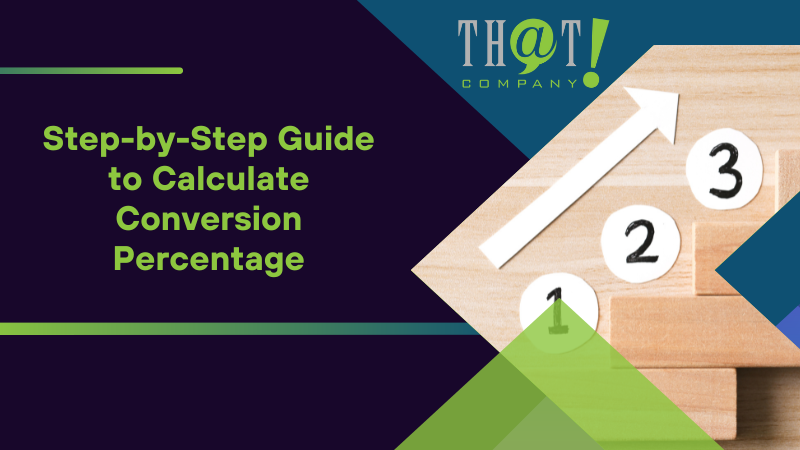
Step-by-Step Guide to Calculate Conversion Percentage
Calculating conversion percentage involves a few straightforward steps. First, identify the total number of successful conversions on your website. This could be anything from completed purchases to form submissions. Next, determine the total number of visitors to your site. This figure can be obtained from your web analytics tool.
Once you have these numbers, use the basic conversion rate formula: divide the number of conversions by the total number of visitors and multiply by 100. For example, if you had 200 conversions and 10,000 visitors, your sales conversion rate would be 2%. This conversion rate calculation step-by-step approach helps ensure accuracy and provides a clear picture of your marketing effectiveness.
Conversion rates can use either unique or total visits. Unique visits measure individual behavior more accurately, while total visits offer a broader performance view. Both methods are useful, but total visits are standard for industry benchmarks.
Additionally, remember that different user interactions can count as conversions. These include not only purchases but also actions like completing surveys, signing up for newsletters, or downloading resources. Recognizing all potential conversion actions provides a comprehensive view of site performance, enabling more informed decisions, especially when partnering with a white label creative agency.
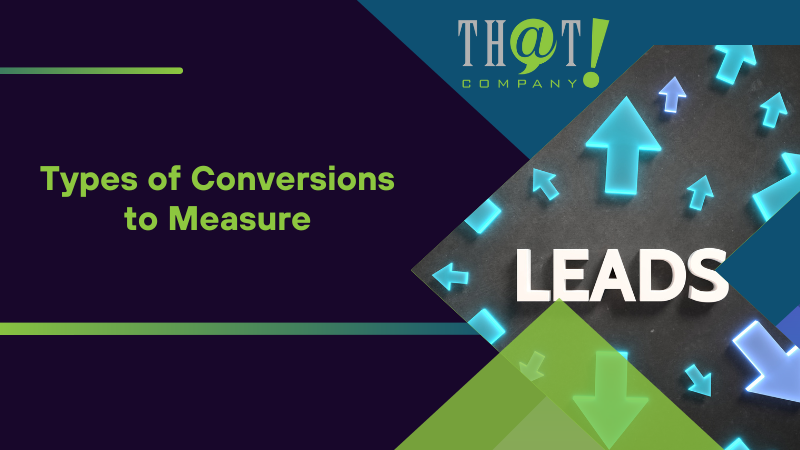
Types of Conversions to Measure
Conversions come in many forms, and it’s essential to measure the ones that align with your business goals. Common types include sales, leads, form submissions, and downloads. Each type provides valuable insights into different aspects of your marketing performance.
Primary conversions involve high-value actions like completed purchases or leads, directly impacting revenue and growth. Secondary conversions include event signups, user engagement metrics, and email subscriptions. While not immediately revenue-generating, they are crucial for long-term customer relationships and engagement.
Defining what constitutes a conversion varies based on goals and objectives. Clearly identifying conversion goals allows you to tailor marketing strategies to drive the most important actions, helping set realistic targets and measure success effectively.

Examples of Conversion Percentage Calculations
Real-world examples help illustrate how conversion percentages are calculated and interpreted. Consider an e-commerce site that sells t-shirts. If the site sold 2,000 t-shirts out of 100,000 visitors, the conversion rate would be 2%. This example highlights the effectiveness of the site’s sales strategy and marketing efforts.
In a lead generation scenario, suppose a company received 1,000 leads from 10,000 visitors, resulting in a 10% conversion rate. This high conversion rate indicates successful lead generation tactics and effective audience targeting. Similarly, an advertising campaign with a 5% conversion rate from 20,000 ad views shows the campaign’s efficiency in driving desired actions.
For form submissions, a website with 1,000 website visitors and 50 form completions results in a 5% conversion rate. This highlights the importance of engaging forms and compelling calls to action. These examples help businesses recognize the significance of conversion metrics in reflecting marketing performance.
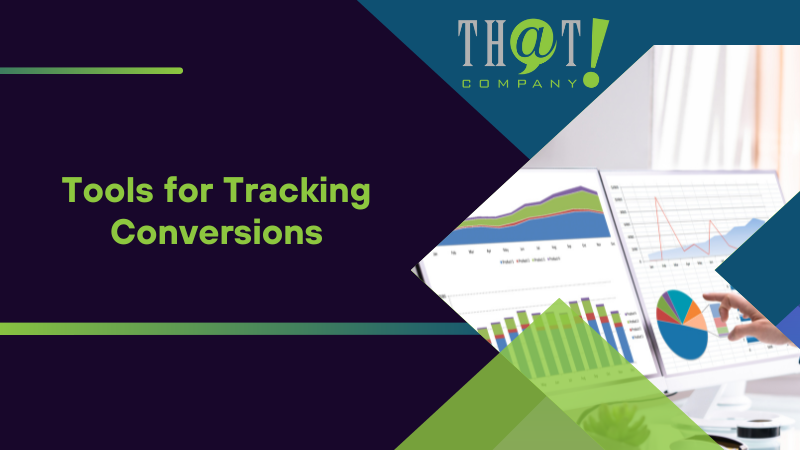
Tools for Tracking Conversions
Tracking conversions accurately requires robust tools, and Google Analytics is one of the most widely used. This tool allows you to set up goal tracking and conversion events, providing detailed insights into user behavior and conversion metrics. Proper configuration of goals in Google Analytics is crucial for accurate tracking.
Effectively tracking conversions requires defining conversion contexts and setting up tracking codes on your website. This setup collects data on user interactions, which can be analyzed to improve marketing strategies. Conversion tracking events help monitor specific actions aligned with business goals.
Other web analytics tools also play a significant role in conversion tracking. These include platforms like Adobe Analytics, which offers comprehensive customer insights across multiple channels, and Hotjar, which provides behavior analytics through heatmaps and session recordings. Using these tools helps ensure that all aspects of user interactions are tracked and analyzed for better marketing decisions.
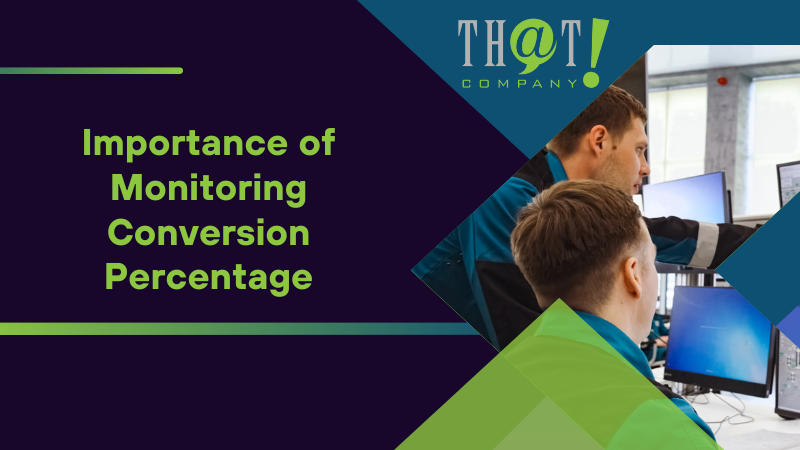
Importance of Monitoring Conversion Percentage
Regularly monitoring your conversion percentage is crucial for understanding the effectiveness of your marketing strategies. It provides concrete data-driven insights into your business’s performance, helping you track progress over time and adjust strategies accordingly. Without this analysis, it’s challenging to know if your marketing efforts are truly paying off.
A small increase in conversion rates can significantly boost profits. This improvement allows businesses to invest more in advertising and refine their marketing approaches. Continuous monitoring and optimization are essential to adapt to market changes and enhance overall business performance.
Regularly analyzing conversion rates ensures resource allocation aligns with business goals, aiding in informed decision-making that drives growth and profitability. Monitoring conversion percentages involves understanding the story behind the numbers to improve marketing efforts.

Factors Influencing Conversion Percentage
Several factors influence conversion percentage, with UI/UX design playing a pivotal role. Poor user experience can significantly lower conversion rates, as frustrated users are less likely to complete desired actions. Building trust with users is essential for long-term conversion success, and clear, compelling calls to action can enhance user engagement.
Traffic quality and user experience are critical components of conversion rate optimization. High-quality, relevant traffic increases the likelihood of conversions, while optimizing the user experience ensures visitors can easily navigate and complete desired actions. Site performance, including page load times, also affects conversion rates.
Testing design changes and tracking user engagement metrics are crucial for identifying and addressing pain points in the user journey. Regularly evaluating and optimizing these factors improves conversion rates and enhances overall marketing performance.
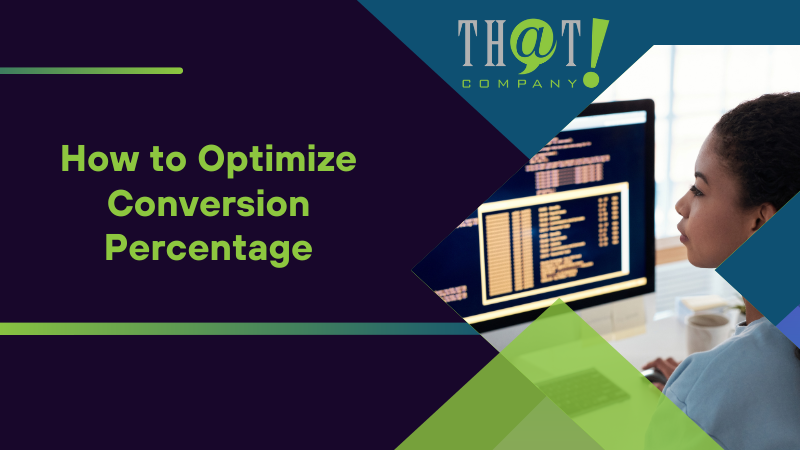
How to Optimize Conversion Percentage
Optimizing conversion percentage involves several strategies, with A/B testing being one of the most effective. This method allows marketers to compare two versions of a digital asset to identify which performs better. Effective A/B testing requires clear goals and the selection of relevant metrics that align with campaign objectives.
Analyzing failed A/B tests can provide valuable insights for refining future marketing strategies. Statistical significance is critical in A/B testing to ensure that observed performance differences are not due to chance. Improving user experience includes making design changes based on regular analysis of conversion rates.
Ignoring user feedback prevents businesses from addressing key issues affecting conversion rates. The attractiveness of an offer is crucial for boosting rates for paying customers. Regularly tracking conversion rates helps identify areas for improvement, while monitoring advanced metrics like CPA and LTV can enhance overall strategies.
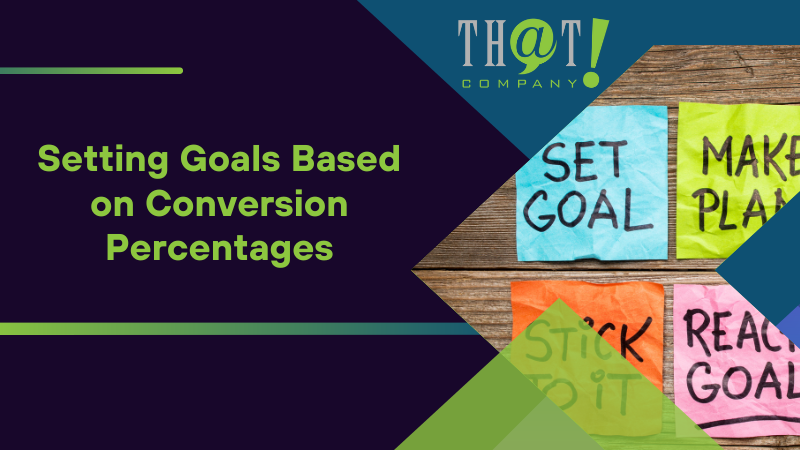
Setting Goals Based on Conversion Percentages
Setting goals based on sales conversion percentages involves tracking conversion volumes alongside rates to forecast the necessary lead volumes for specific revenue goals within the sales process. This approach optimizes resource allocation across marketing efforts.
Developing SMART goals linked to conversion metrics is essential for tracking progress towards achieving overall revenue targets. To set effective marketing goals, evaluate historical conversion rates and current lead flow to identify key conversion points. This evaluation provides a clear understanding of performance against industry standards or historical data.
Aligning marketing goals with broader corporate objectives ensures cohesive efforts towards achieving targets. Establishing clear objectives and benchmarking against industry averages helps businesses determine a reasonable conversion rate and track success effectively with the support of a white label company.

Key Benefits of Leveraging That! Company’s White Label PPC Management
Utilizing That! Company’s White Label PPC Management offers numerous benefits, starting with access to specialized expertise that enhances the effectiveness of advertising campaigns. This expertise allows agencies to focus on their core business functions while delivering high-quality digital marketing solutions.
Outsourcing to white label PPC services provides significant cost savings by eliminating the need to hire or train in-house staff. These services offer scalable solutions that accommodate increasing client demands without sacrificing quality. Partnering with a white label PPC provider improves campaign results through established processes and market insights.
Additionally, white label PPC management empowers agencies to present a broader service portfolio, helping them retain existing clients and attract new ones. This broader service offering builds long-term client trust and enhances overall business performance.
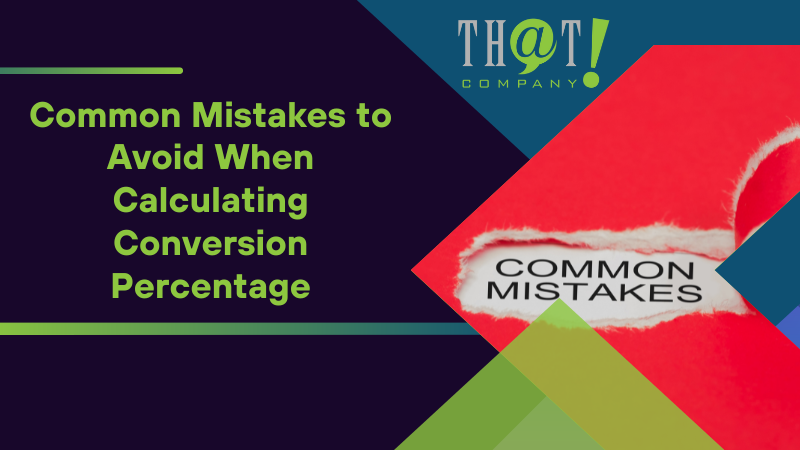
Common Mistakes to Avoid When Calculating Conversion Percentage
A common mistake when calculating conversion percentage is misunderstanding the different types of conversions, such as sales versus leads. Failing to distinguish between them can result in skewed calculations.
Inaccurate tracking of conversions through improper tools or incorrect setup can lead to significant errors. Regular monitoring of conversion data and addressing potential discrepancies is crucial for maintaining accurate conversion percentage calculations.
Implementing A/B testing can improve the understanding of what works in conversion scenarios and refine overall tracking efforts. By avoiding these common mistakes, businesses can ensure their conversion metrics are accurate and reliable.
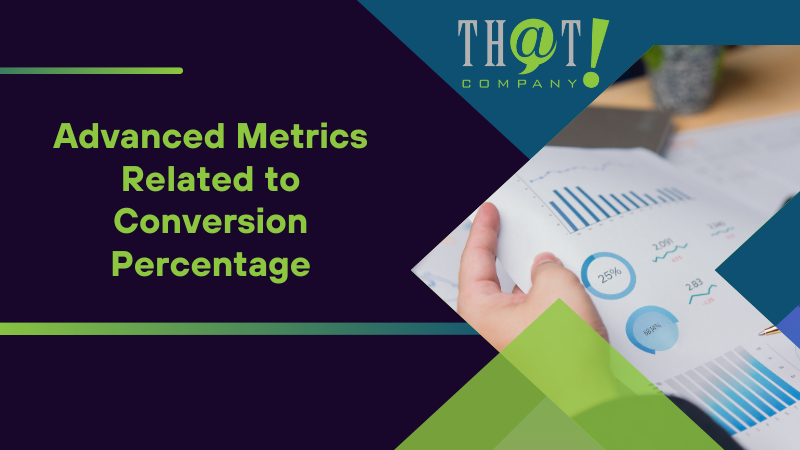
Advanced Metrics Related to Conversion Percentage
Advanced metrics provide deeper insights into conversion percentages, allowing for performance comparisons across different marketing channels. Tools like Kissmetrics offer valuable insights on customer behavior and important metrics like lifetime value, helping businesses understand the long-term value of their customers and refine marketing strategies.
Adobe Analytics is another powerful tool designed for enterprise use, enabling data collection across multiple channels for comprehensive customer insights. This tool helps businesses track and analyze user interactions at a granular level, providing a detailed understanding of customer journeys.
Similarly, Hotjar offers a suite of tools, such as heatmaps and session recordings, that complement traditional web analytics by providing behavior insights.
Matomo is an open-source analytics tool that prioritizes user privacy and offers full data ownership to its users. This tool is ideal for businesses that value data privacy and seek to maintain complete control over their analytics data.
Mixpanel is another platform that provides insights into user behavior and helps track conversion rates through funnel analysis. By leveraging these advanced metrics, businesses can gain a comprehensive view of their marketing performance and make data-driven decisions to optimize conversion rates.

Summary
In summary, understanding and calculating conversion percentage is crucial for any business looking to optimize its marketing efforts. By using the basic formula and following a step-by-step guide, businesses can accurately measure their conversion rates and gain insights into their marketing effectiveness. Tracking different types of conversions and using real-world examples further enhances this understanding.
Leveraging tools like Google Analytics and advanced analytics platforms provides a detailed view of user interactions and conversion metrics. Regular monitoring and optimization, coupled with setting clear goals based on conversion percentages, help businesses stay ahead of the competition. By avoiding common mistakes and utilizing advanced metrics, businesses can continuously improve their conversion rates and achieve their marketing objectives with the support of white label PPC services.

Frequently Asked Questions
How do you calculate the conversion ratio?
To calculate the conversion ratio, divide the par value of the convertible security by the conversion price of equity. The formula is: Conversion Ratio = Par Value of Convertible Bond / Conversion Price of Equity.
How do you calculate conversion value?
To calculate conversion value, analyze historical sales data to find the average value of a conversion, or multiply the average order value by the conversion rate. This provides a clear monetary value for each successful conversion.
What is a conversion formula?
A conversion formula quantifies the effectiveness of a metric by calculating the rate at which potential customers take a desired action. Typically, it is expressed as the total number of conversions divided by total interactions, such as sessions or visitors, multiplied by 100 to present it as a percentage.
Why is it important to monitor conversion percentage regularly?
Monitoring conversion percentage regularly is crucial as it offers valuable insights into business performance and allows for timely adjustments in strategies. This practice ensures that resources are effectively allocated to meet business goals and improve marketing effectiveness.
What are common types of conversions to measure?
Common types of conversions to measure include sales, leads, form submissions, and downloads, as they offer valuable insights into marketing performance and assist in goal-setting.

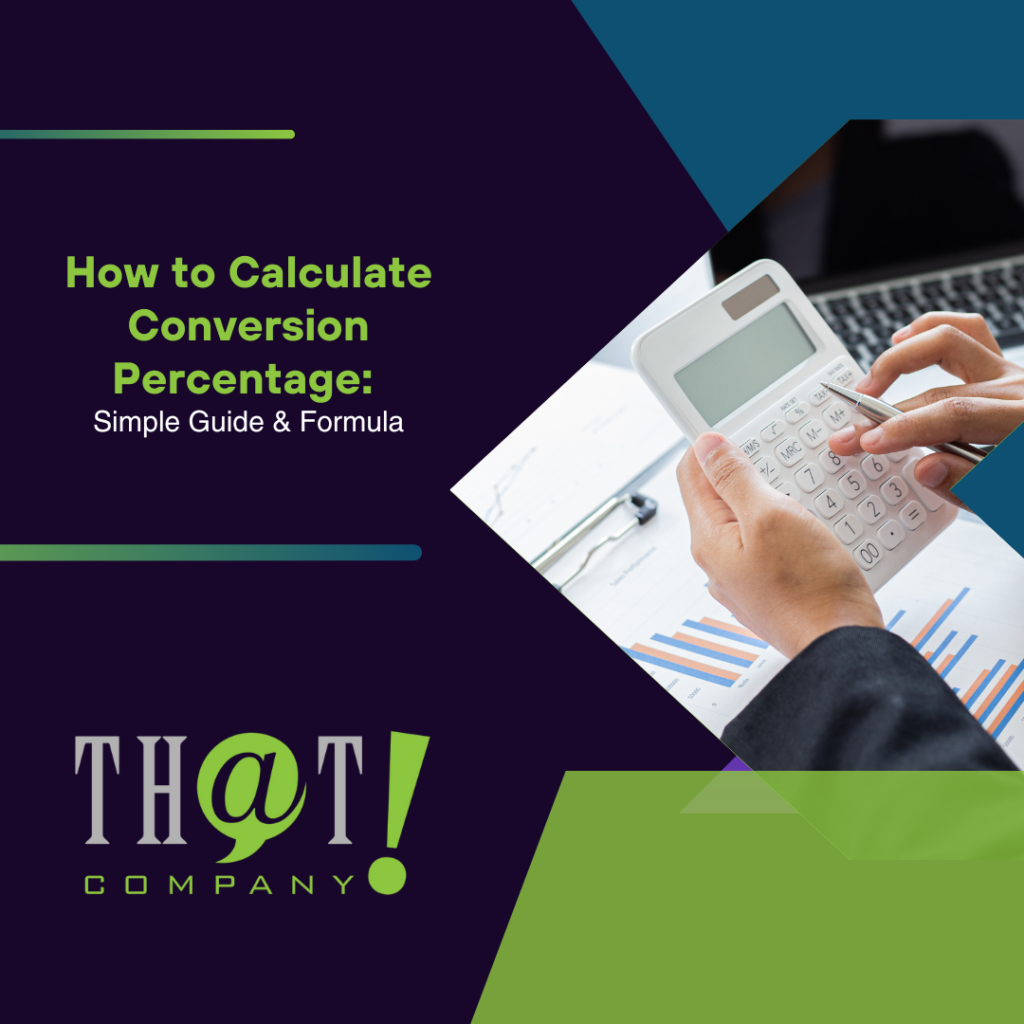








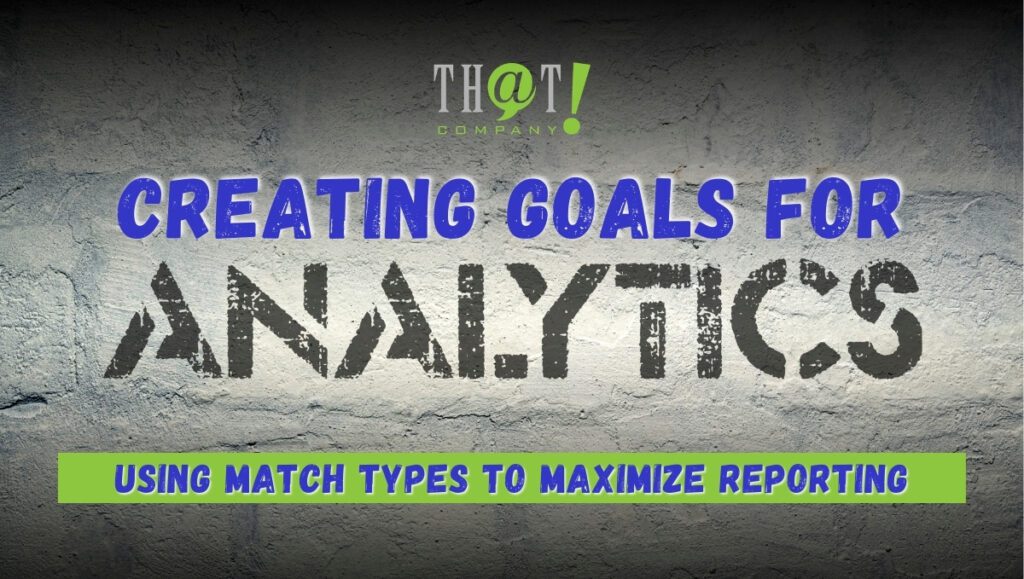









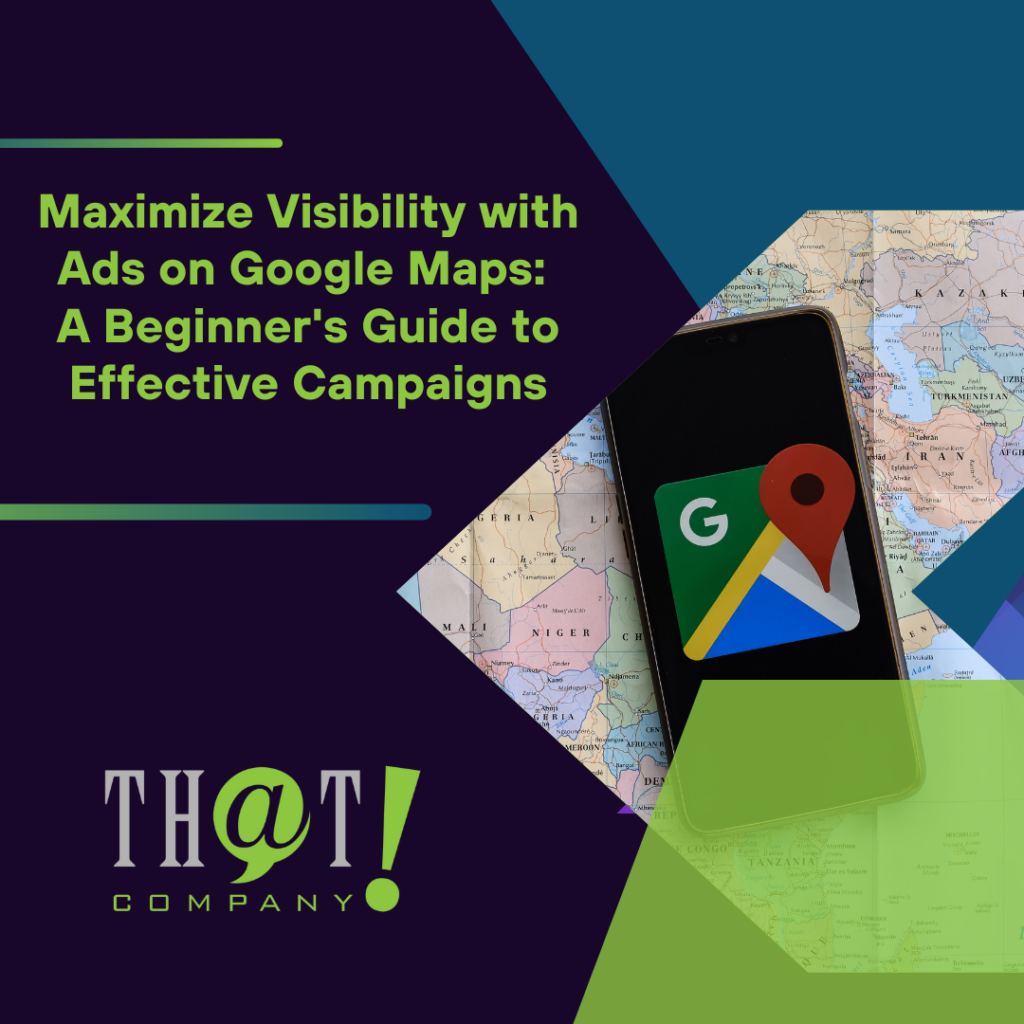
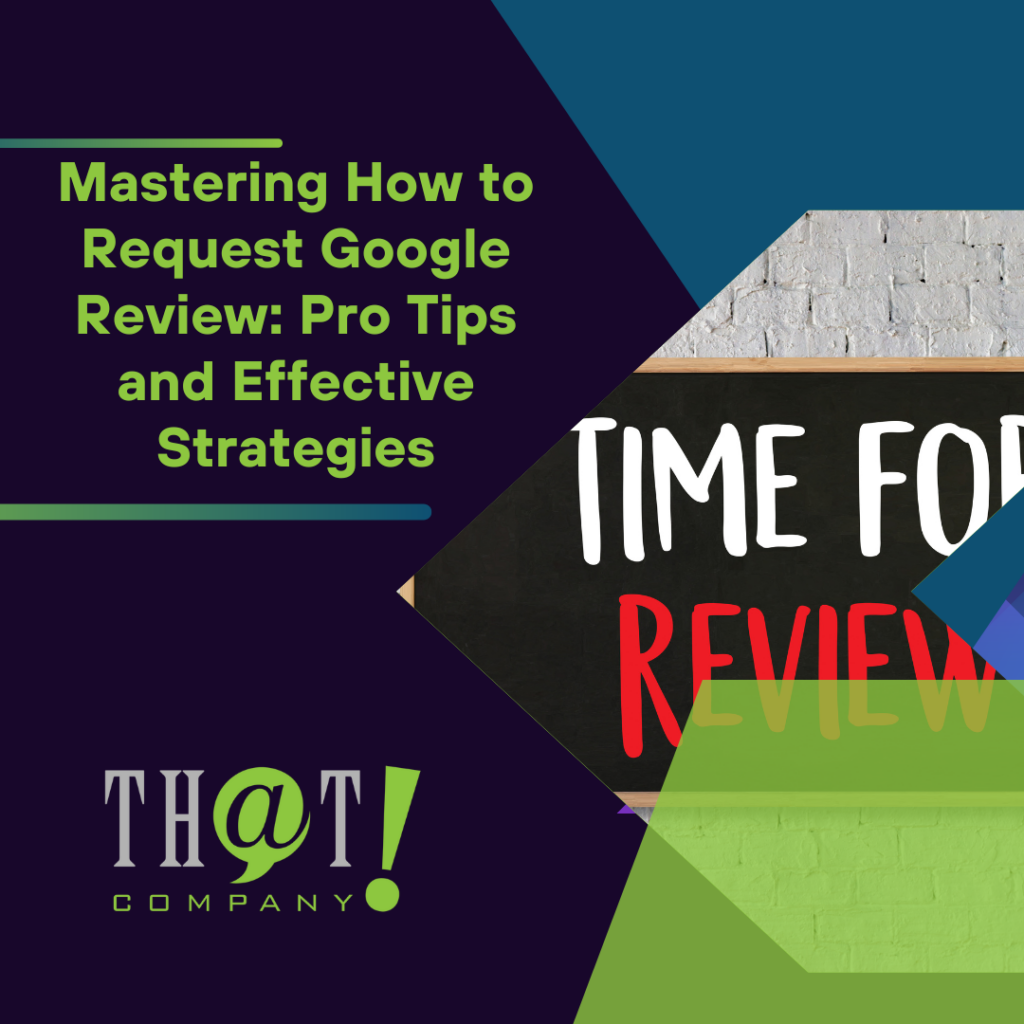

 Talk With Us
Talk With Us  Give Some Love
Give Some Love 


